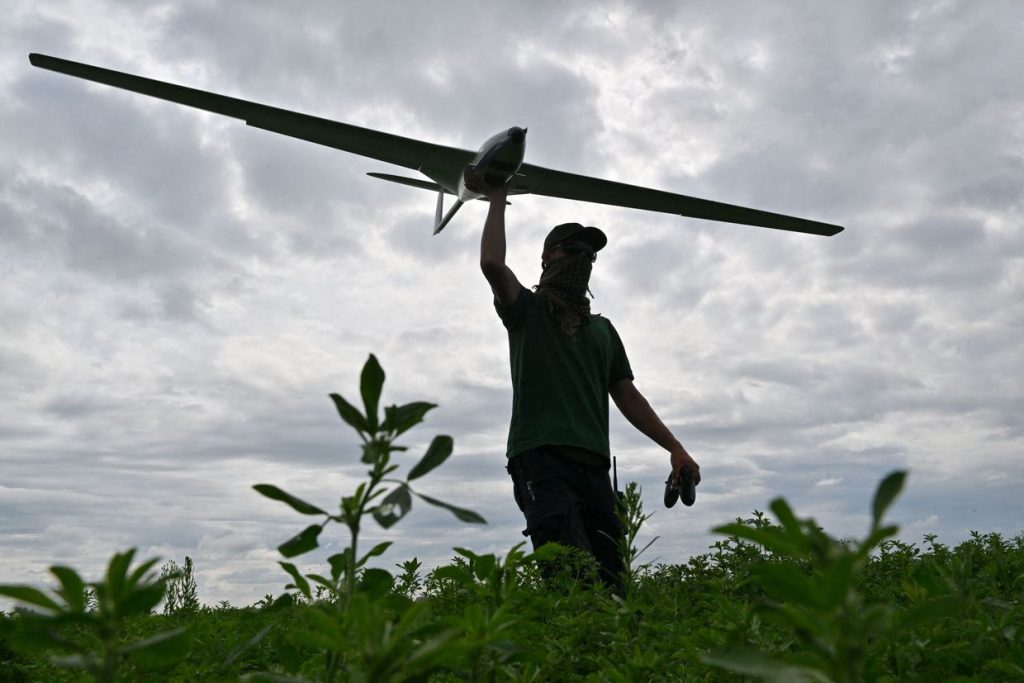The drone industry in Ukraine is facing challenges due to domestic pressure and limited government funding. With over 200 domestic drone companies in Ukraine, the government’s budget cannot support all of them, leading to the need for international partnerships or consolidation. While drones have become a crucial part of Ukraine’s military strategy, factors such as increased competition and financial constraints pose challenges for the industry. This situation has led to predictions of the demise of smaller companies, acquisitions, movement of Ukrainian companies internationally, and consolidation within the Ukrainian market.
According to Ukraine’s Defense Ministry, only 58 domestic drone companies have secured government contracts, highlighting the financial limitations faced by the industry. Ukraine’s defense industry has the capacity to produce $20 billion worth of defense products in 2024, but lack of funding means that only half of this amount can be supported. The government aims to raise an additional $4 billion by the end of the year through initiatives like the Zbroyari project, which encourages foreign partners to fund Ukraine’s domestic defense industry. Some countries, including Denmark and Canada, have already contributed funds, and agreements with other nations are under discussion.
Drones are a crucial part of Ukraine’s battlefield strategy, leading to the creation of a new military branch dedicated to their use and production. Drones have revolutionized combat operations, and Ukraine’s experience in deploying them in combat environments provides valuable knowledge. Both Ukraine and Russia are rapidly innovating in response to each other’s new weapons and tactics, with drones ranging from basic reconnaissance models to long-range drones capable of carrying heavy payloads. The industry is also shifting towards European defense cooperation, with companies seeking partnerships outside Ukraine to open new revenue streams and protect their equipment from Russian missiles.
The funding shortfall in Ukraine’s drone industry has led companies to explore options like lifting export limits to access the global market and attract private investors. However, the challenges of obtaining export permits due to political sensitivity and concerns about arms proliferation pose obstacles to this strategy. Despite the push for international partnerships and exports, some degree of consolidation within the industry is seen as inevitable by experts. This consolidation could lead to specialization and innovation in specific drone components, similar to the automotive industry’s evolution.
Overall, the future of Ukraine’s drone industry depends on securing funding, international partnerships, and adapting to changing battlefield conditions. While the industry faces challenges such as financial constraints and export limitations, there are opportunities for growth through collaborations with foreign partners and specialization in specific drone components. The development of drones in Ukraine has the potential to not only strengthen the country’s defense capabilities but also contribute to the global drone market and enhance security partnerships with other nations.


